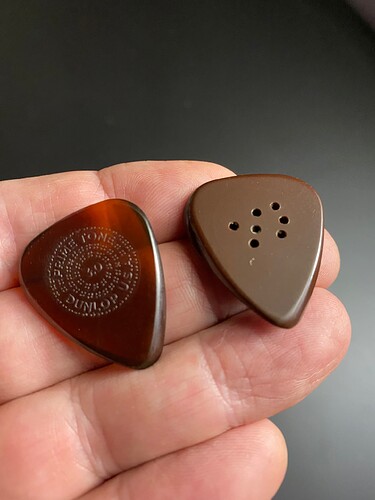My name is Peter van Suijlekom and I’m from the Netherlands. I’m a player since I’m 16, that is almost 40 years. (I’m 55). During the '80ties I was heavily impressed by players that showed their uncommon ways of playing like Edward van Halen and Ygnwie Malmsteen. Also I played others styles like blue and Jazz. My taste of music is broad from classical music to Jazz to metal, world music Ambient. When its about guitar playing I consider myself a shredder. Mainly metal like music Progressive metal and neo classical. I have had lessons from different teachers. Nowadays I play mainly at home and record some stuff from time to time. Its a hobby I really enjoy. There are periods I play a lot and other periods hardly.
CtC bought my attention since its so thorough and well structured. There are many guitar methods on line these days (wish we had this in the 1980 ties!). But CtC has something special I never saw on the internet. Digging deep into ones technique and change it into a better one is always something I’m looking for. I’m interested in alternate picking but also sweep picking and especially improving alternate picking. I learned many bad habits so I have to unlearn many things. I started with the ‘Pickslanting Primer’. And it helps me a lot. It will keep me busy the coming months.
Atm I’m working on the Eric Johnson Chunks with the pentatonic scale. I have to say this is much harder for me then I expected. For long time I didn’t make use of the pentatonic scale often. Mainly Diatonic scales and arpeggio’s.But the approach from Eric Johnson is very interesting. But I’m struggling with that. With simple 2 notes a string pattern. Probably because my alternate picking isn’t very smooth. At one strong tremolo playing is not a problem. Its with changing the strings. Sweep picking isn’t a real problem for me.
I’m very happy with CtC material. You guys did and still do a great job!
Peter




